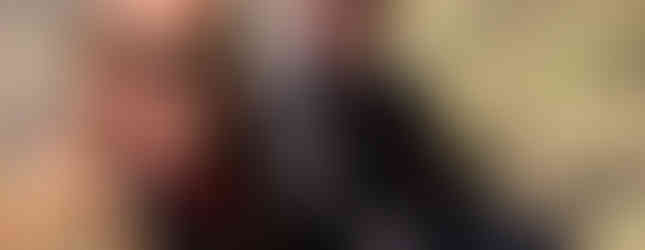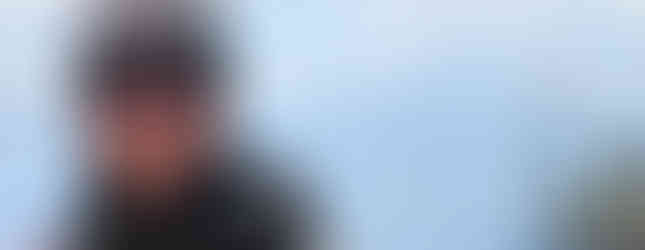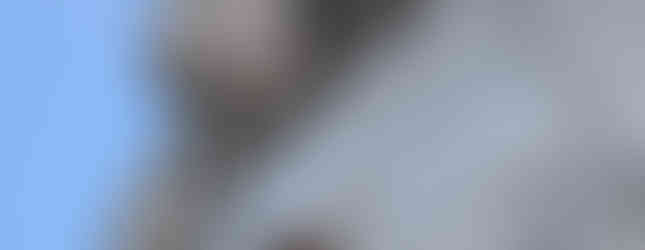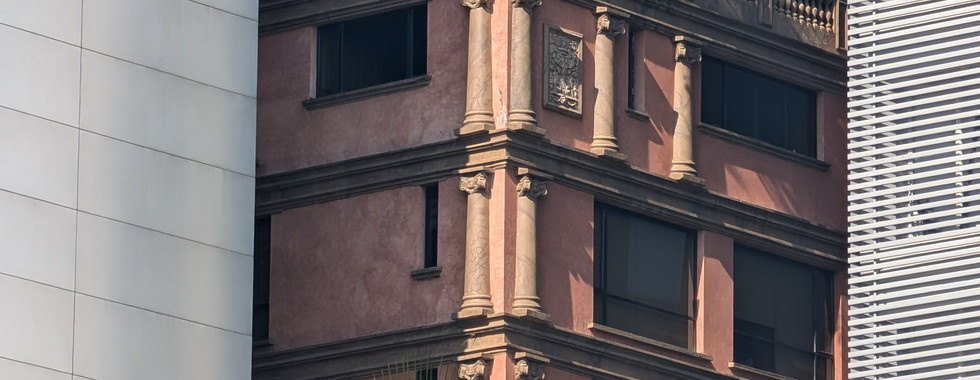Quito’s matrix seen from Pichincha Volcano
- Jasmina
- Nov 29, 2024
- 4 min read
A few months ago, my father and I took a short trip to Quito to take care of some paperwork at the German Embassy. Despite only having one day and one night, we made the most of it, visiting iconic landmarks and reflecting on what the city represents. Here’s a snapshot of our experience.
25th September 2024
4:30 AM We started the day early, leaving my home in Malacatos by taxi to reach Catamayo airport. Nestled in a dry, warm valley, the airport always feels like a different world compared to the cool, lush mountains of Loja.
6:00 AM After checking in for our Aeroregional flight and receiving extra-legroom seats near the emergency exit, we couldn’t resist joking about our "responsibility" in case of an emergency. Humor seemed to lighten the early morning grogginess.
7:30 AM Our flight to Quito lasted a swift 50 minutes, and by 8:20 AM, we had touched down at Mariscal Sucre International Airport. A cappuccino served as a quick breakfast before heading to our first destination: the TelefériQo, Quito’s gondola lift up to Pichincha Volcano.
A Quiet Moment Above the City
At 10:00 AM, we reached the gondola's lower station at 3,117 meters above sea level. I could already feel the altitude in my body, but staying hydrated helped me adjust.
The gondola ride to 4,050 meters offered breathtaking views of Quito’s vast urban sprawl. At the top, I felt lightheaded—a common effect of the thin mountain air—and found myself struggling to focus even on reading the café menu. After a simple breakfast outdoors, we were surrounded by a serenity that sharply contrasted with the bustling city below.
Standing at the foot of Pichincha Volcano, I couldn’t help but reflect on the view. Quito’s urban layout looked strikingly geometric—rows of rectangular structures stretching endlessly. I turned to my father and said, “There’s the Matrix.”
This thought stayed with me. The city seemed to mimic the structure of a computer hard drive—grid-like, full of sharp angles and straight lines. It made me wonder: What if our cities are shaped by the way we think? And what if we could design them differently—more fluid, organic, and reflective of nature? As an architect, I couldn’t stop contemplating the implications. Are the rigid, unnatural forms of our cities shaping our behavior in turn?
Contrasts in the City
1:00 PM After descending, we headed to Plaza Foch for lunch, but the scene shocked us. Once a vibrant hub of tourists, restaurants, and cafés, the plaza was now deserted and derelict, with visible signs of vandalism, crime, and neglect. Drug addicts loitered in the shadows, and the smell of urine lingered in the air.
We quickly changed plans and walked to Avenida Rio Amazonas for a quieter meal. Over lunch, my father and I speculated on what had caused the area’s decline: the pandemic, economic crises, and the lack of municipal support for struggling businesses. It was a stark reminder of how fragile urban spaces can be.
Art and Adventure
By 2:00 PM, we visited the Mercado Artesanal de Mariscal, where I found beautiful alpaca wall hangings featuring traditional Andean motifs. They would make a perfect addition to my new home in Malacatos, where I’ve been settling in with my daughters.
Later, at 4:00 PM, we boarded a double-decker bus for a sightseeing tour, marveling at Quito’s narrow streets and the skill of our bus driver. The historical center, with its colonial charm, was captivating, but the tour took a dramatic turn when we reached the “Virgen de El Panecillo” *1) at 5:00 PM. Wildfires raged in the distance, their smoke darkening the sky. Explosions—later revealed to be gas tanks—echoed through the hills, and ash began to fall like snow.
Closing the Day
By 8:00 PM, we were back at our hostel, exhausted but eager for a simple dinner. Across the street, a Vietnamese restaurant offered a welcome respite from the day’s intensity. As we stepped outside, the smell of burning wood and the sight of ash raining down reminded us of the wildfires still raging in the distance.
26th September 2024
Our second day started early, but finding a decent coffee at 6:00 AM in Quito proved impossible. Instead, I enjoyed a hot aloe vera drink from a street vendor—a small reminder of the cultural contrasts I’ve embraced in my nearly ten years here.
By mid-morning, our embassy appointment was complete, and as we left for the airport, smoke from the wildfires continued to fill the air. Despite the challenges, this trip left me with a renewed appreciation for Quito—a city of contrasts, beauty, and thought-provoking complexity.
This trip reinforced my belief that cities, like people, are living systems. They reflect the choices we make, the cultures we create, and the challenges we face. And perhaps, one day, we’ll find ways to design them to be more in harmony with the natural world that surrounds them.
*1) The Virgin of El Panecillo, also called the Virgin of Quito after the sculpture it represents, is a prominent monument in Quito, Ecuador. Perched atop El Panecillo, a hill shaped like a loaf of bread in the city's center, it provides a striking backdrop to Quito's historic district.
Standing at a total height of 41 meters including its base, it is the tallest statue in Ecuador and among the tallest in South America, surpassing the height of Rio de Janeiro's Christ the Redeemer. Additionally, it holds the distinction of being the tallest aluminum statue in the world. The statue, created by Spanish sculptor Agustín de la Herrán Matorras, consists of 7,400 aluminum pieces, each carefully numbered. After being constructed, the statue was disassembled, shipped to Ecuador, and reassembled atop its base. The completion of the statue was finalized on March 28, 1975.































































Comments